Chapatis: Your Go‑to Guide for Soft, Fluffy Indian Flatbread
When talking about chapati, a thin, unleavened flatbread made from whole wheat flour and cooked on a hot griddle. Also known as roti, it is a staple across most Indian homes because it’s quick, cheap, and pairs with just about any curry or dal. Whole wheat flour, called atta, is the core ingredient that gives chapatis their signature nutty flavor and sturdy yet tender bite.
Chapatis encompass the broader family of Indian flatbreads, which also includes naan, paratha, and bhatura. They require a simple dough of atta, water, a pinch of salt, and sometimes a dash of oil. The magic happens when you roll the dough evenly and slap it onto a hot tawa—when the surface puffs, steam forces the layers apart, creating a soft pocket. This puffing process depends on proper dough hydration and the right cooking temperature; too dry and the bread stays flat, too wet and it tears.
Key Tips for Perfect Chapatis
The first step is to knead the dough until it’s smooth and slightly elastic. A good rule of thumb: add water gradually, aiming for a batter‑like consistency that’s not sticky. Let the dough rest for at least 15‑20 minutes; this relaxes the gluten, making it easier to roll thin without shrinking. When shaping, use a lightly floured surface and roll each disc to about 6‑7 mm thickness—uniform thickness ensures even heat transfer.
Cooking technique matters just as much as dough preparation. Heat the tawa over medium‑high until a few drops of water sizzle and evaporate instantly. Place the rolled chapati on the hot surface; you’ll hear a faint hiss. After 30‑45 seconds, when the top starts to show light brown spots, flip it. The second side should brown quickly, and then you can press gently with a cloth or spatula. If the chapati puffs up, give it a quick press to encourage the steam to expand the interior—this is the hallmark of a well‑made chapati.
Common issues often stem from three main causes: under‑hydrated dough, insufficient heat, or over‑rolling. If your chapatis stay flat, check the water ratio; a slightly softer dough usually puffs better. If they burn before puffing, lower the flame and give the tawa a moment to cool. And when rolling, avoid pressing too hard—over‑flattened discs lose the ability to trap steam.
Some cooks add a pinch of baking soda or a drizzle of oil to the dough for extra softness. Baking soda creates tiny air bubbles during cooking, while oil coats the gluten strands, making the final product more pliable. However, traditional recipes keep it simple—just flour, water, and salt—so you can experiment based on your texture preference.
Beyond technique, chapatis integrate with various meals. Pair them with dal for protein, with vegetable sabzi for fiber, or with a dollop of ghee for richness. The flatbread’s neutral flavor means it can carry bold spices without getting overwhelmed, making it a perfect vessel for regional dishes from Gujarat’s sweet‑sour kadhi to Punjab’s buttery butter chicken.
Now that you’ve got the basics, you’ll notice how each step—from selecting quality atta to mastering the tawa heat—contributes to that perfect puff. Below you’ll find a curated collection of articles that dive deeper into common roti problems, soft chapati tricks, and the science behind why some chapatis rise while others stay flat. Explore the tips, troubleshoot your own kitchen challenges, and turn every meal into a satisfying Indian feast.
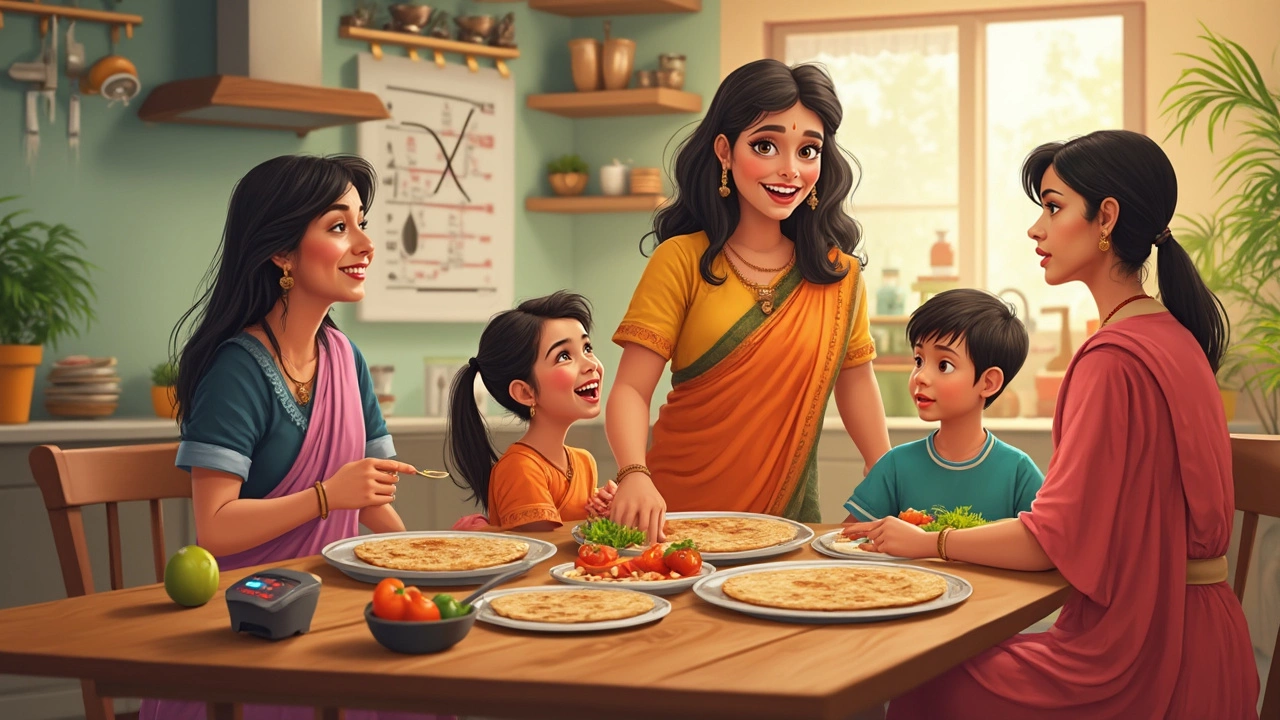
How Many Chapatis Can You Eat Without Gaining Weight?
This article explores the number of chapatis one can consume without gaining unwanted weight, using insights from Body Mass Index (BMI) and calorie calculators. It provides practical tips, including details on the calories in one roti and local dietary habits. Useful for those looking to maintain weight while enjoying their meals.
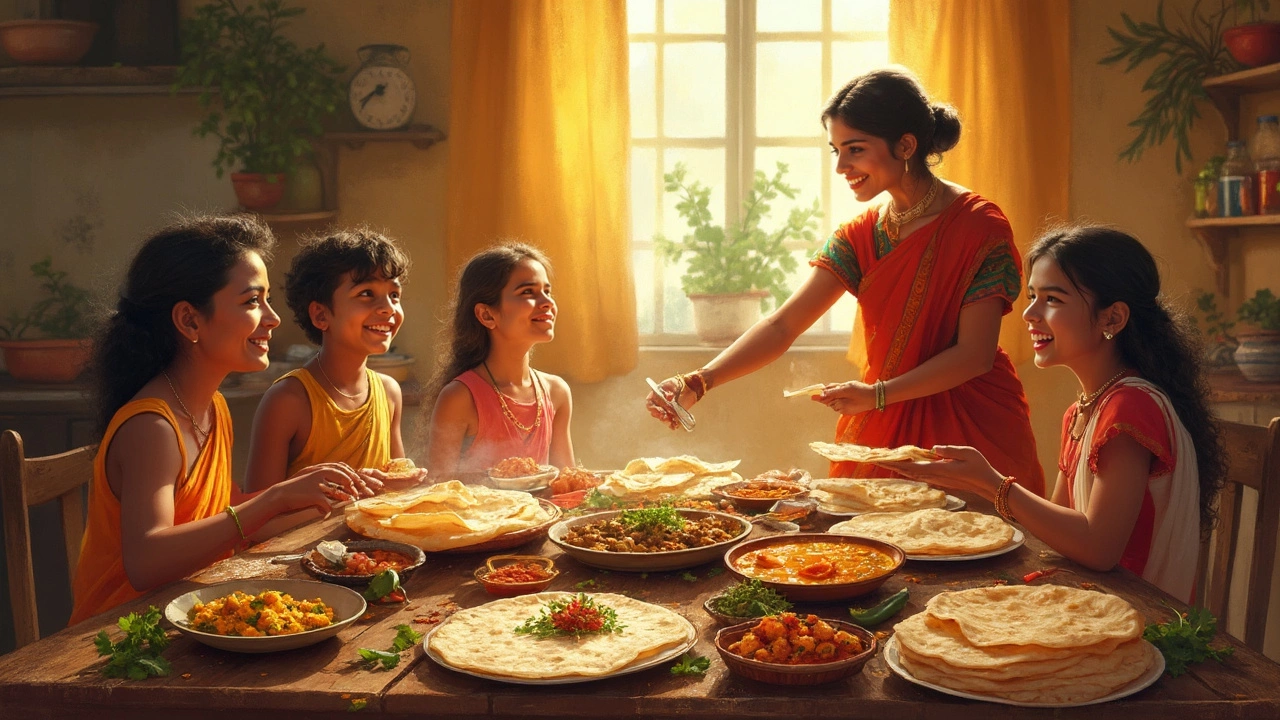
How Many Chapatis Can You Eat Without Gaining Weight?
Ever wondered how many chapatis you can eat in a day without tipping the scale? This article delves into the calorie content of one roti, guides using a calorie calculator, and explores the relationship between chapati consumption and your Body Mass Index (BMI). With tips to balance your diet and consider local eating habits, this guide helps you enjoy your flatbreads guilt-free.
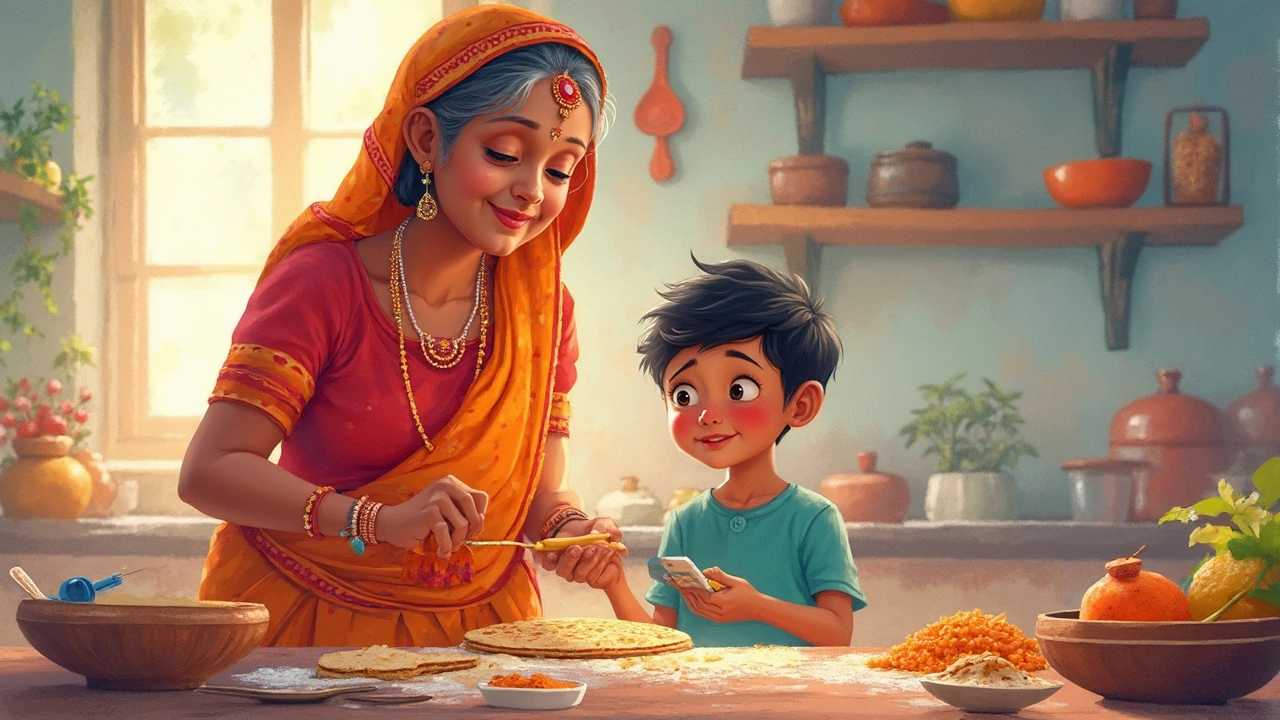
How Many Chapatis Per Day for Weight Loss and Weight Gain?
Ever wondered how chapatis fit into your weight loss or gain plan? Whether you're counting calories to shed weight or looking to gain some healthy pounds, the number of chapatis you consume can play a vital role. Understanding your Body Mass Index (BMI) and using a calorie calculator can guide you to make informed decisions in your diet. Dive into the details of calories in one roti and how it fits your daily needs.
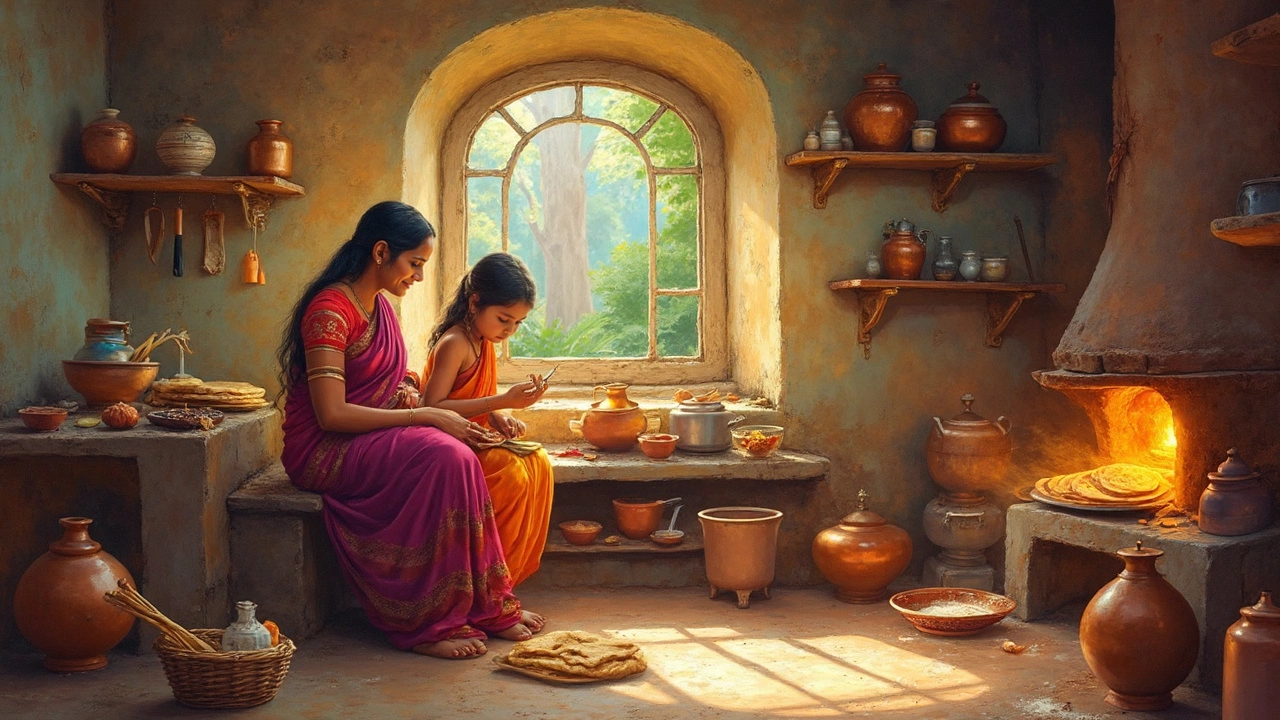
Chapati and Your Diet: How Many Should You Eat Every Day?
Discover how many chapatis are ideal for your diet with practical insights and tips. Learn to calculate calories in one roti and understand the significance of your Body Mass Index (BMI) in determining your daily chapati intake. Explore local considerations and legal aspects of craft foods while optimizing for a balanced nutritional routine.
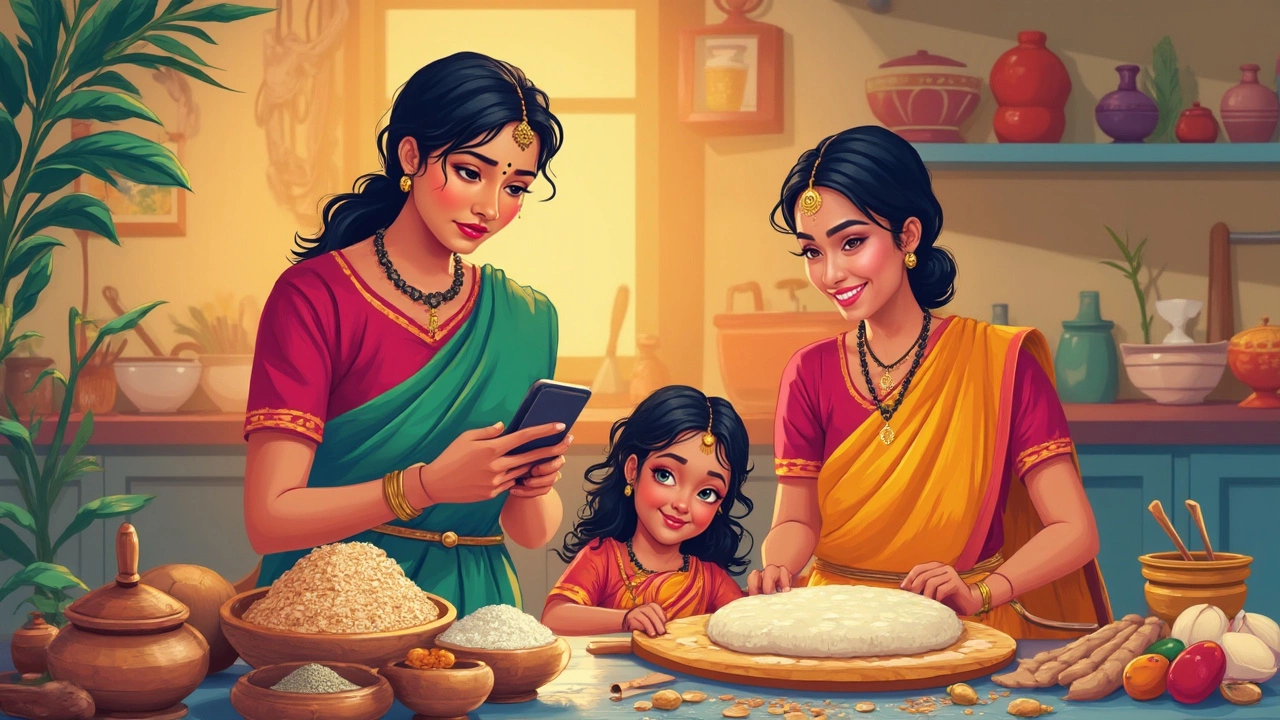
Roti Calories Calculator: Know Your Nutrition in Seconds
Knowing the calories in a roti can significantly change your nutritional planning. This article guides you through using a roti calories calculator to optimize your diet, explains the concept of Body Mass Index (BMI), and provides practical advice on how many chapatis to eat daily. Additionally, learn how local ingredients can alter roti's nutritional value while touching upon the legal aspects of food labeling standards in India.
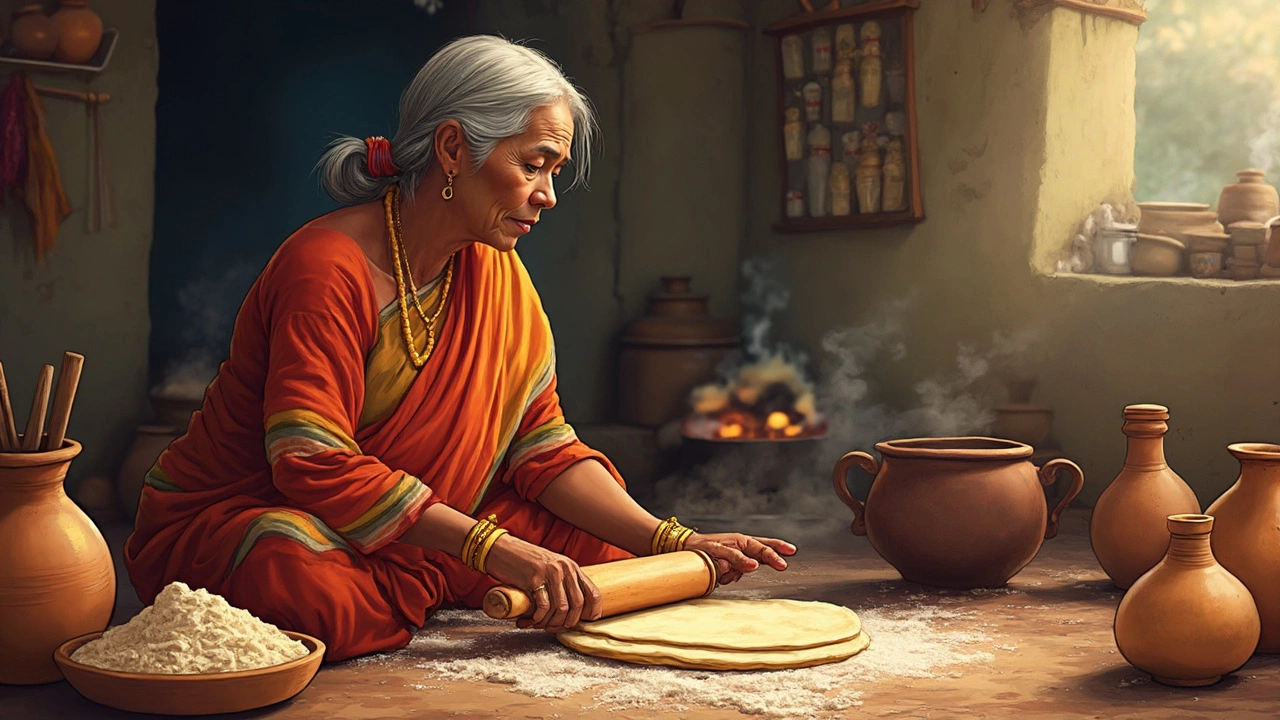
How Many Chapatis Should You Eat in a Day?
Chapatis are a staple in Indian diets, but how many should one consume daily to maintain health? This article explores the nutritional benefits of chapatis and offers practical advice on portion sizes based on activity levels and dietary needs. By understanding their caloric impact and nutritional value, you can make informed choices that fit your lifestyle. Discover how you can enjoy this versatile flatbread without overdoing it.